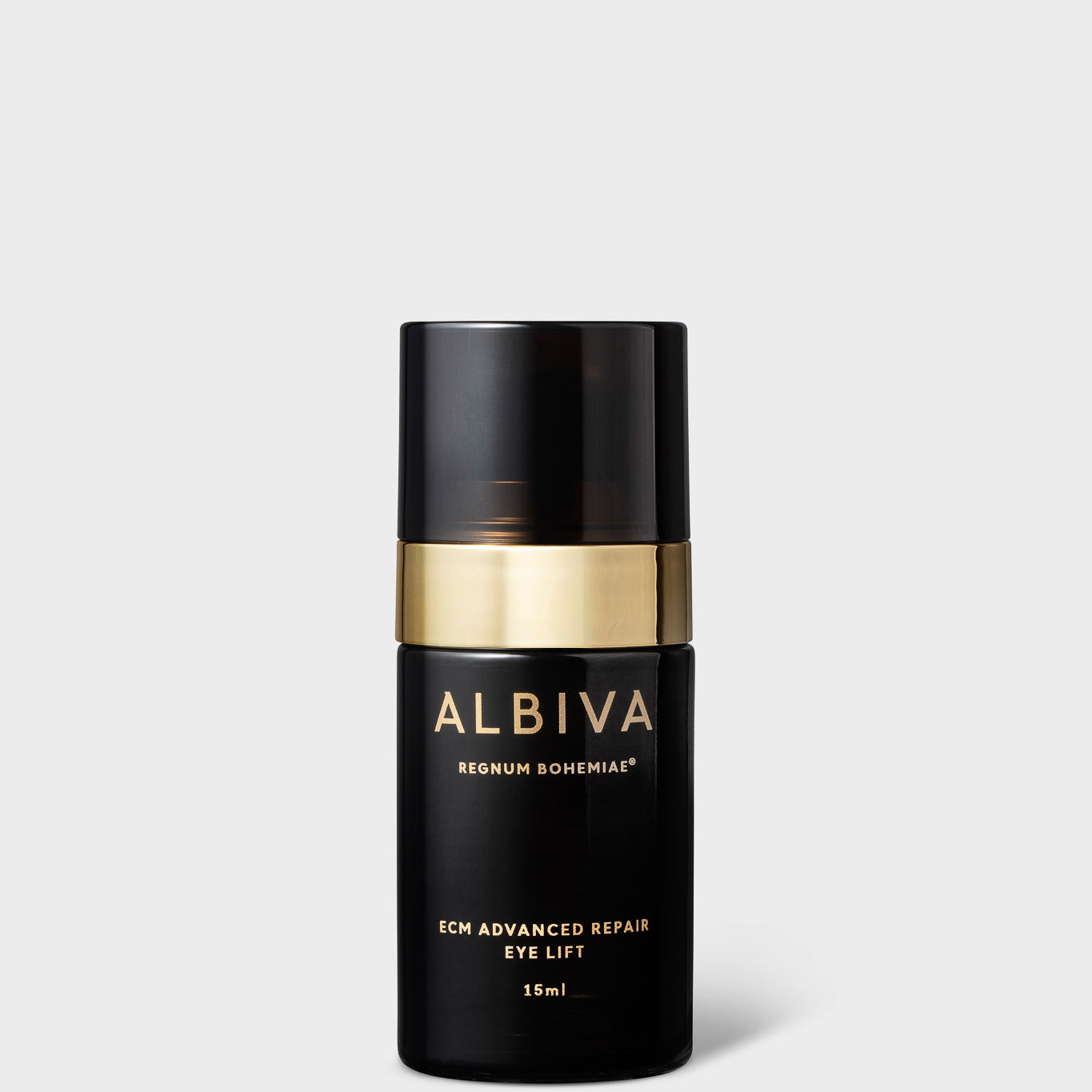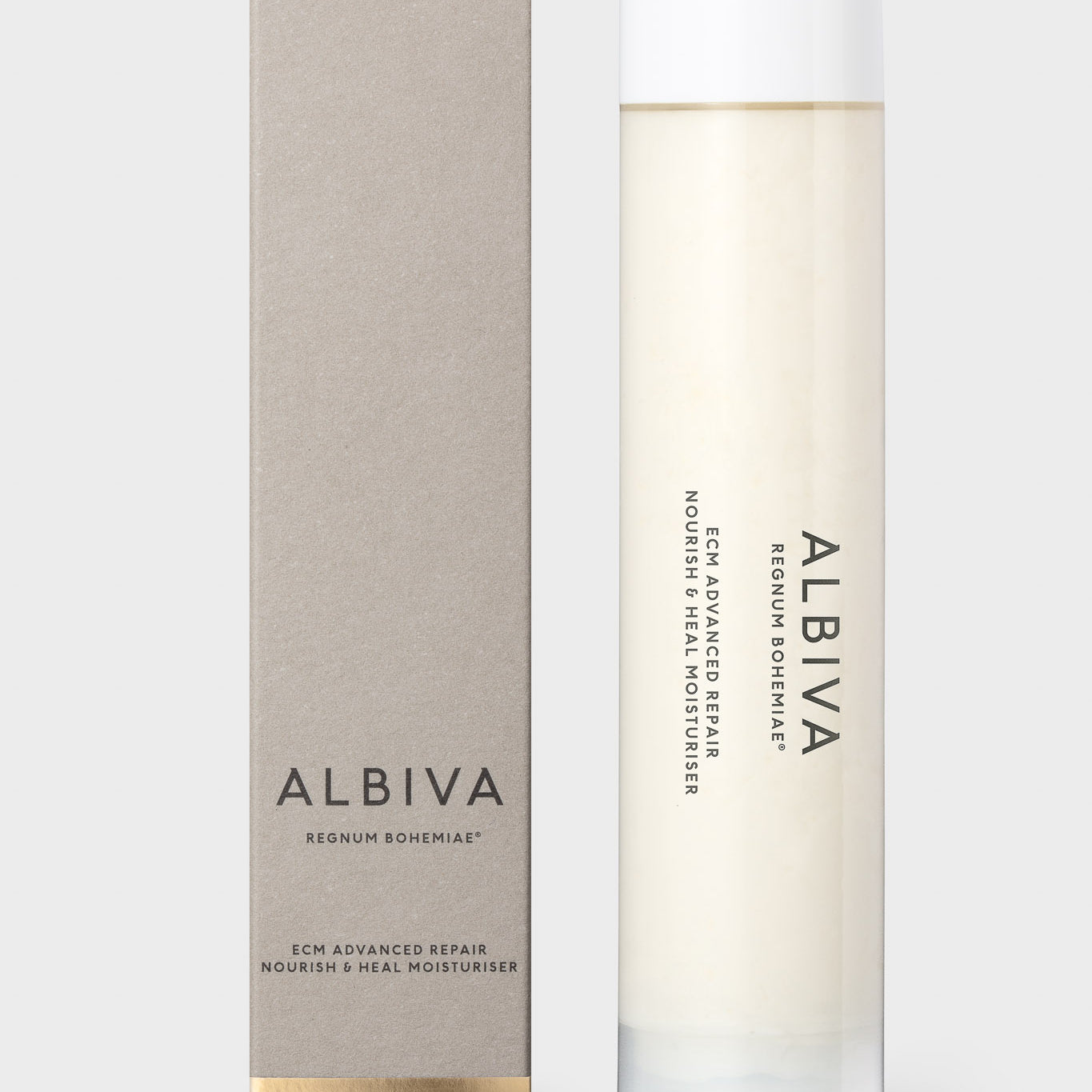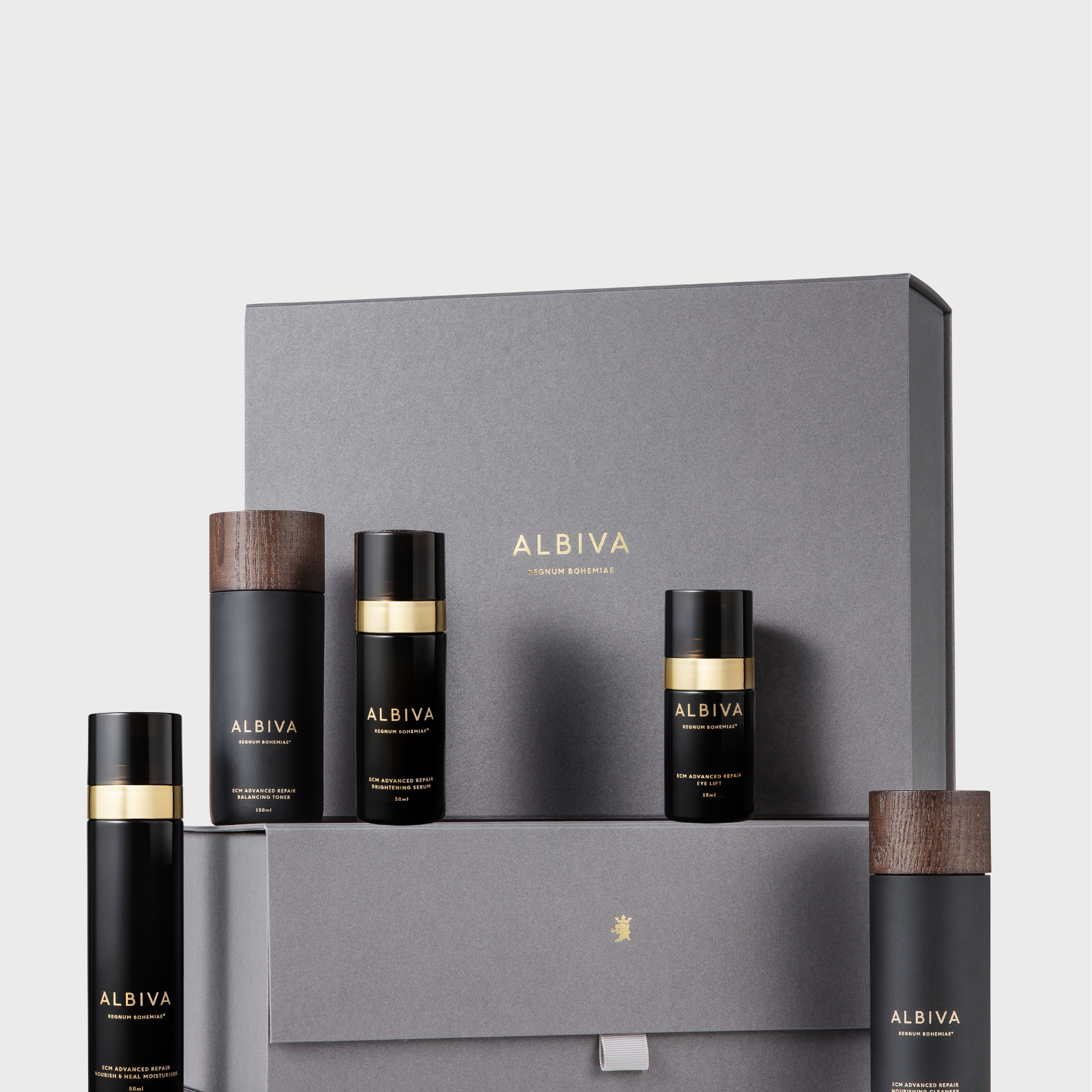Do topical antioxidants protect from environmental ageing?

There are two processes that lead to ageing: the internal ageing of the skin, which is largely genetic, and environmentally induced ageing.
Environmental exposure to UV radiation in particular damages skin cells by the photochemical generation of reactive oxygen species that damage nucleic acids, lipids and proteins, including collagen. This cumulative collagen damage disrupts the structural integrity of skin and contributes to wrinkle formation.
UV and other environmental pollutants (think of tobacco smoke, candles, traffic pollution etc) have been linked with elevations in extracellular matrix metalloproteinase-1, which is a zinc dependent enzyme responsible for degradation of dermal collagen.
The skin protect itself with naturally occurring antioxidants, such as vitamins A, B, C, E, squalene & coenzyme Q10 which neutralise the reactive oxygen species by donating electrons.
External environmental stressors diminish and overwhelm these internal protective mechanisms. Topical antioxidants / vitamins / enhance these natural internal defences to create built-in reservoirs for sustained protection with far higher concentration than possible with oral intake.
The challenge is creating formulations of these unbalanced molecules that are stable, active, and can be effectively absorbed by the skin.
At ALBIVA we formulate with vitamins A, B3, B5, C, E, squalane, coenzyme Q10 and other powerful botanical antioxidants.
All of these would warrant a separate blog post, but let’s take just a quick look at the vitamins and in particular at the mechanisms of their protective actions.
Vitamin C
It is one of the most well-studied vitamins in anti-ageing and has been proved effective in multiple studies. Vitamin C increases the integrity of the extracellular matrix (ECM) in the skin.
Vitamin C is photoprotective and also has the ability to prevent and even reverse photodamage. Photoprotection is achieved by several mechanisms: As an antioxidant, vitamin C deactivates UV and pollution induced free radicals. It reactivates silenced tumour suppressor genes to protect against UV induced cell death. It inhibits the enzyme tyrosinase required for melanin production. It is anti-inflammatory and enhances the skin’s protective barrier by increasing the synthesis of a specific skin surface lipids.
Vitamin C and vitamin E act synergistically – vitamin C regenerates oxidized vitamin E which enhances its antioxidant capacity, and when vitamin C is oxidised to neutralise free radicals, vitamin E stops the free radical cascade.
When cosmetic products contain ingredients that are easily oxidised, such as vitamins or natural extracts, the use of vitamin E (alpha-tocopherol) together with vitamin C (namely ascorbyl palmitate form) acts as a powerful antioxidant system preventing oxidation. In addition, the combination of alpha-tocopherol and ascorbyl palmitate can prevent the formation of carcinogenic nitrosamines.
Vitamin E
One of the most well-known and researched antioxidants, vitamin E occurs naturally in human skin, but can become depleted due to environmental exposure. Vitamin E is well know for reducing the formation of free radicals from exposure to UV rays, promoting the healing process, strengthening the skin's barrier function, protecting the skin barrier's lipid balance, and reducing transepidermal water loss. Out of all members of the vitamin E group, tocopherol is the most bioavailable, and thus the most readily absorbed by the body.
Vitamin A - Retinoids
Vitamin A is a naturally occurring antioxidant in the skin. The topical use of retinoids has been more extensively studied than any other compound in dermatology. Retinoids play an important role in skin development and regulate the growth and differentiation of keratinocytes (skin cells). The ability of topical retinoids to reverse photoageing as well as genetic ageing makes the use of retinoid a staple in any cosmetic regimen.
Retinol is the most abundant form of vitamin A in the skin, however, it is extremely sensitive to light and air during formulation of skincare. If retinol is not handled in the correct conditions, it will quickly oxidise, and an irritating, harmful product could result.
For a good cosmetic formulation, look for airless and light protected packaging.
Vitamin B5 / D-panthenol (Pantothenic Acid)
Pantothenic acid is converted to vitamin B5 in the body. Pantothenic acid is present in all living cells and acts as an essential nutritional component due to its role in the formation of acetyl-co-enzyme A in the early stages of metabolism. Enhances skin barrier repair and reduces inflammation. Stimulates the proliferation of dermal fibroblasts and can accelerate cell turnover. Stimulates wound healing. Anti-inflammatory & anti-aging benefits. It’s a penetrating moisturiser.
Vitamin B3 / Niacinamide
A known cell communicator‚ it is critical for cellular energy production and protection against stress and DNA damage. Helps diminish fine lines and wrinkles while improving skin’s elasticity‚ fighting free-radical damage‚ and evening skin tone and texture.
Our skin is armed with an intricate network of antioxidants and antioxidant enzymes that combat the damage our skin suffers from UV and other environmental pollutants. Vitamins catalyse many reactions as a part of our body’s enzyme system and can provide the skin with protection, correction and renewal accelerated would healing and also good moisturising properties. Formulated correctly to maintain stability, topical antioxidants / vitamins increase our internal reservoir that protects and in cases reverses environmental oxidative stress.





